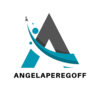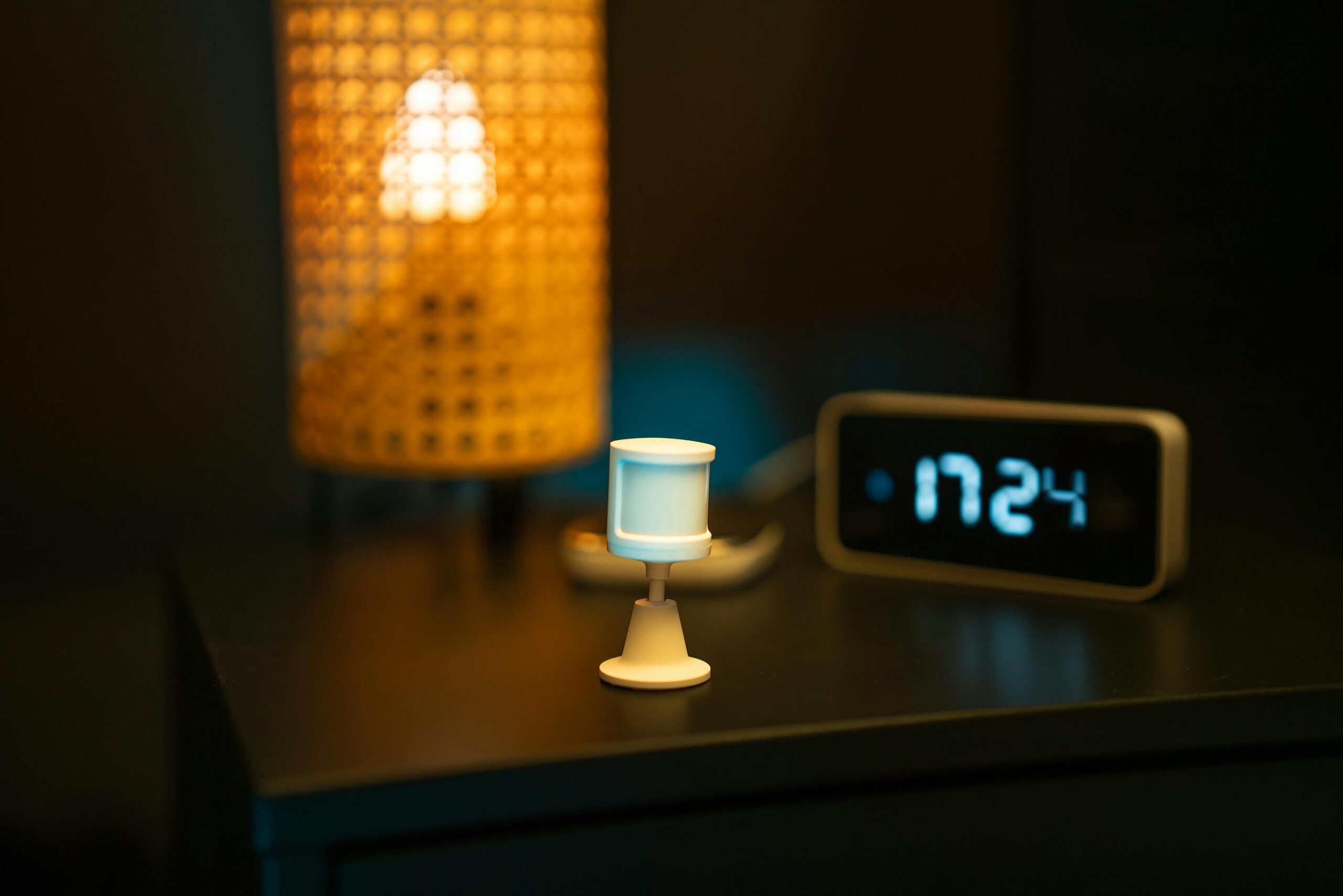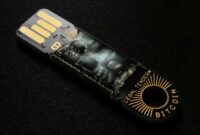The rapid evolution of technology has paved the way for the Internet of Things (IoT) to revolutionize how we interact with the world. IoT Integration: Building Smarter and More Connected Systems is no longer a futuristic concept but a current reality shaping industries and daily life. From smart homes to advanced manufacturing, IoT integration is the cornerstone of developing interconnected environments that enhance efficiency, productivity, and convenience.
The Importance of IoT Integration
Transforming Industries
IoT integration is critical for transforming various industries by enabling real-time data collection, analysis, and automation. In manufacturing, IoT devices monitor machinery health, predict maintenance needs, and streamline operations, reducing downtime and increasing productivity. Similarly, in healthcare, IoT-enabled devices track patient vitals, manage chronic diseases, and improve overall patient care by providing timely and accurate information to healthcare professionals.
Enhancing Smart Homes
Smart homes are becoming increasingly popular, thanks to IoT integration. Devices such as smart thermostats, lighting systems, and security cameras can communicate with each other, creating a seamless and automated living environment. Homeowners can control these devices remotely via smartphones or voice assistants, enhancing convenience and security. The integration of IoT in homes leads to energy savings, improved safety, and a higher quality of life.
Key Components of IoT Integration
Sensors and Devices
Sensors and devices are the building blocks of IoT systems. They collect data from the environment, which is then processed and analyzed to generate actionable insights. From temperature sensors to motion detectors, these components play a crucial role in the functionality of IoT systems.
Connectivity
Connectivity is essential for IoT devices to communicate with each other and with central systems. Various communication protocols such as Wi-Fi, Bluetooth, Zigbee, and LoRaWAN are used to ensure seamless data transmission. The choice of connectivity depends on factors like range, power consumption, and data transfer rates.
Data Processing and Analytics
The data collected by IoT devices must be processed and analyzed to extract meaningful insights. Edge computing and cloud computing are commonly used to handle the massive amounts of data generated by IoT systems. Edge computing processes data locally on the device or nearby, reducing latency and bandwidth usage. Cloud computing offers scalable and flexible resources for storing and analyzing large datasets.
Challenges in IoT Integration
Security Concerns
Security is a major challenge in IoT integration. With numerous devices connected to the internet, the risk of cyberattacks increases significantly. Ensuring the security of IoT systems involves implementing robust encryption, authentication, and access control measures. Regular updates and patches are also necessary to protect against vulnerabilities.
Interoperability Issues
Interoperability is another challenge, as IoT devices from different manufacturers may use different communication protocols and standards. This can lead to compatibility issues, hindering the seamless integration of devices. Adopting universal standards and protocols can help mitigate these issues and promote interoperability.
Data Privacy
Data privacy is a critical concern in IoT integration. IoT devices collect vast amounts of personal and sensitive data, raising privacy concerns among users. Ensuring compliance with data protection regulations such as GDPR and implementing data anonymization techniques are essential for addressing these concerns.
Future Trends in IoT Integration
Artificial Intelligence and Machine Learning
Artificial Intelligence (AI) and Machine Learning (ML) are set to play a significant role in the future of IoT integration. These technologies enable advanced data analytics, predictive maintenance, and autonomous decision-making, enhancing the capabilities of IoT systems. AI-powered IoT solutions can optimize processes, improve efficiency, and provide personalized experiences.
5G Connectivity
The advent of 5G technology promises to revolutionize IoT integration by providing faster, more reliable, and low-latency connectivity. 5G will enable real-time data transmission and support a massive number of connected devices, paving the way for more advanced IoT applications in smart cities, autonomous vehicles, and industrial automation.
Edge Computing
Edge computing is gaining traction as it addresses the limitations of cloud computing in IoT integration. By processing data closer to the source, edge computing reduces latency, bandwidth usage, and dependency on cloud infrastructure. This is particularly beneficial for applications that require real-time data processing and low-latency responses.
Conclusion
IoT Integration: Building Smarter and More Connected Systems is a transformative force shaping the future of technology and everyday life. From enhancing industrial operations to creating smart homes, IoT integration offers numerous benefits, including improved efficiency, convenience, and productivity. However, challenges such as security, interoperability, and data privacy must be addressed to fully realize the potential of IoT. As technologies like AI, 5G, and edge computing continue to evolve, the future of IoT integration looks promising, with endless possibilities for creating smarter and more connected systems.
FAQ
What is IoT integration?
IoT integration involves connecting various IoT devices and systems to enable communication, data exchange, and coordinated actions. It aims to create seamless, interconnected environments that enhance efficiency and productivity.
Why is IoT integration important?
IoT integration is important because it enables real-time data collection and analysis, automation, and improved decision-making. It transforms industries, enhances smart homes, and improves overall quality of life.
What are the main components of IoT integration?
The main components of IoT integration are sensors and devices, connectivity, and data processing and analytics. These components work together to collect, transmit, and analyze data, generating actionable insights.
What challenges are associated with IoT integration?
Challenges in IoT integration include security concerns, interoperability issues, and data privacy. Ensuring robust security measures, adopting universal standards, and complying with data protection regulations are essential to addressing these challenges.
What future trends are shaping IoT integration?
Future trends in IoT integration include the adoption of artificial intelligence and machine learning, the advent of 5G connectivity, and the rise of edge computing. These technologies promise to enhance the capabilities and efficiency of IoT systems.




